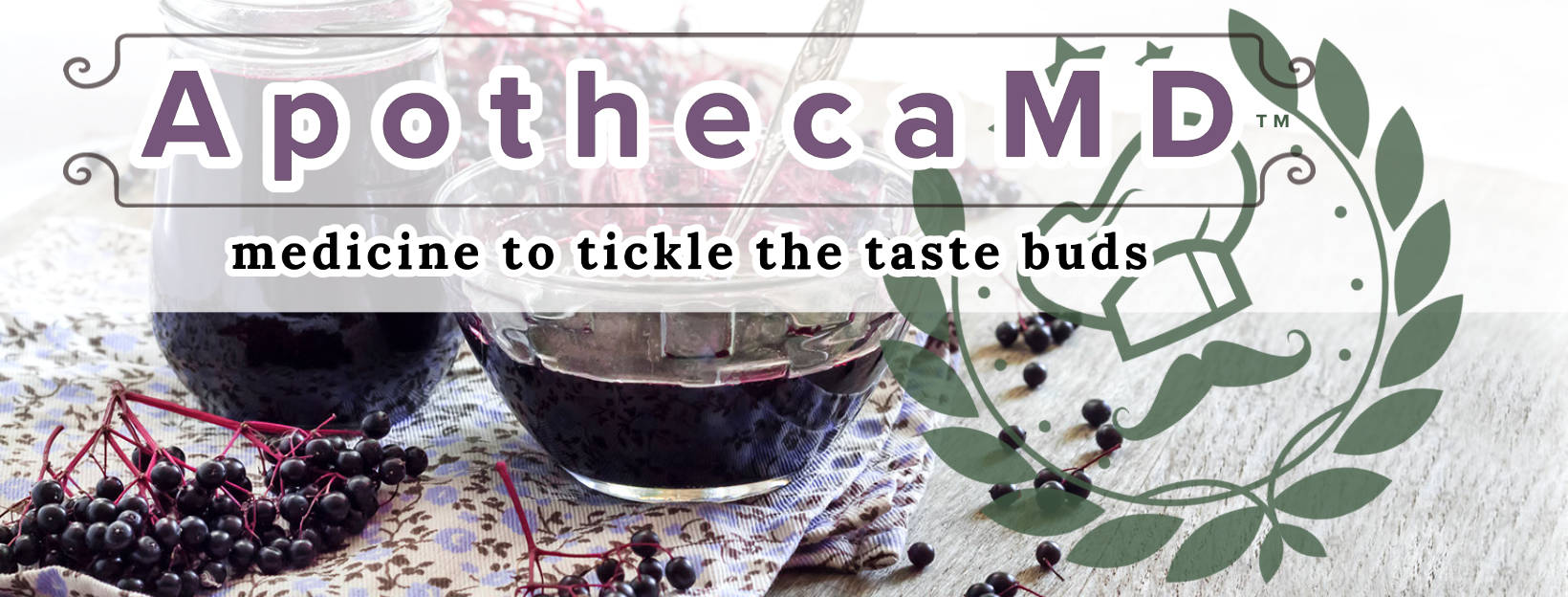Analgesic and Anti-Inflammatory Properties of Two Hydrogel Formulations Comprising Polyherbal Extract
J Pain Res. 2022 Apr 26;15:1203-1219. doi: 10.2147/JPR.S351921. eCollection 2022.
ABSTRACT
BACKGROUND: Nature represents a basic source of medicinal scaffolds that can develop into potent drugs used in the treatment of many diseases.
AIM: The present study was planned to evaluate the combined effects of polyherbal methanolic extract of the herbs (fruit of capsicum, bark of cinnamon, rhizome of turmeric and rhizome of ginger) that were individually well known for their analgesic and anti-inflammatory activities. Furthermore, we aimed to develop hydrogel formulation of this polyherbal extract and to characterize and evaluate its analgesic and anti-inflammatory potential.
MATERIALS AND METHODS: Zingiber officinale (R.), Capsicum annuum (L.), Curcuma longa (L.), and Cinnamomum verum (J.) polyherbal extract (GCTC) was prepared by maceration and evaluated for analgesic and anti-inflammatory potential. Then, two different types of hydrogel formulation were prepared. One is pH-based hydrogel in which carbopol-940 was used and the other is temperature-based gel in which methocel-K100 was used as gelling agent. Different concentrations of polyherbal extract (GCTC), at 1%, 3% and 5%, were used in hydrogel formulation. These prepared hydrogel formulations were characterized and evaluated for analgesic and anti-inflammatory potential.
RESULTS: Results show that polyherbal extract and all the developed formulations of polyherbal extract (GCTC), at concentrations of 1%, 3% and 5%, have significant analgesic and anti-inflammatory effects with good appearance, homogeneity, spreadability, extrudability and stability.
CONCLUSION: It was concluded from this project that polyherbal extract (GCTC) and its hydrogel have significant analgesic and anti-inflammatory potential.
PMID:35502403 | PMC:PMC9056049 | DOI:10.2147/JPR.S351921

